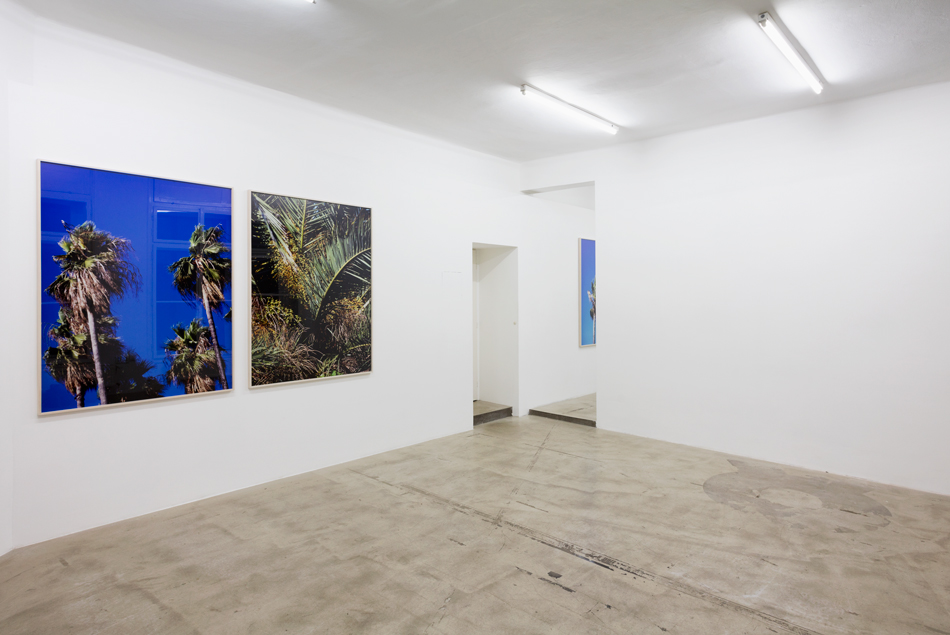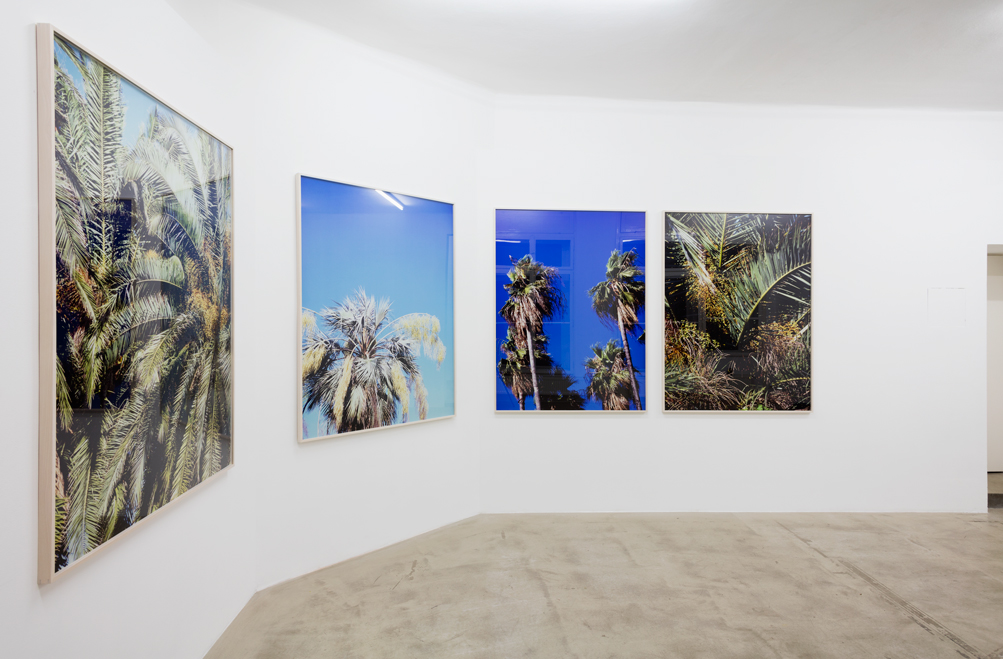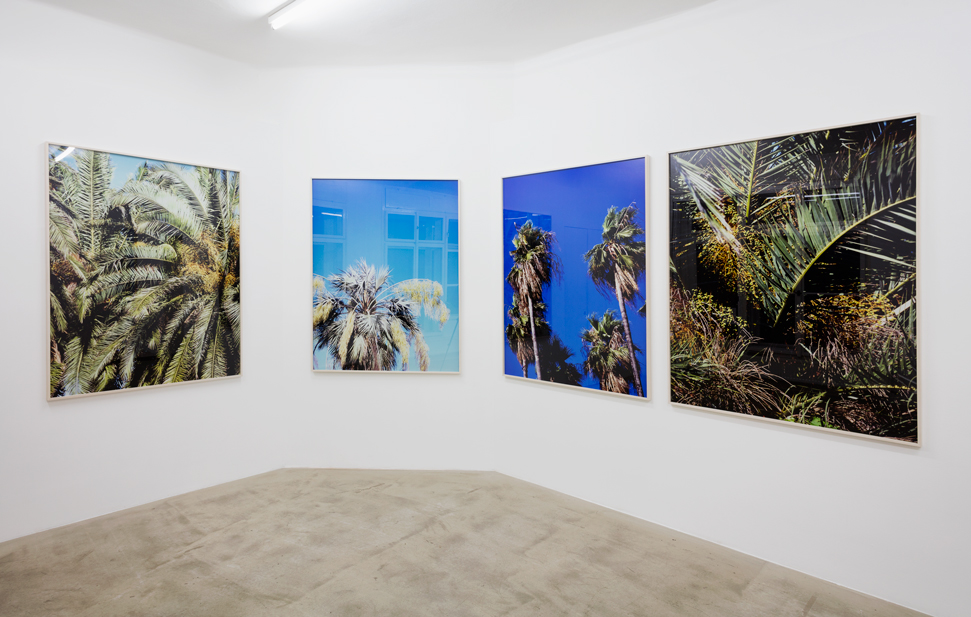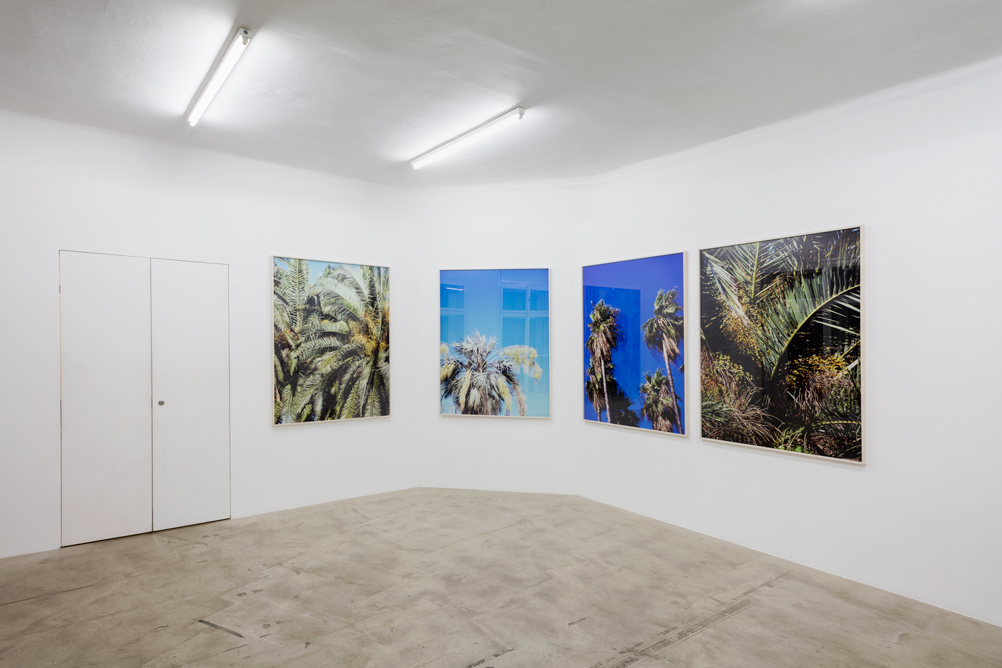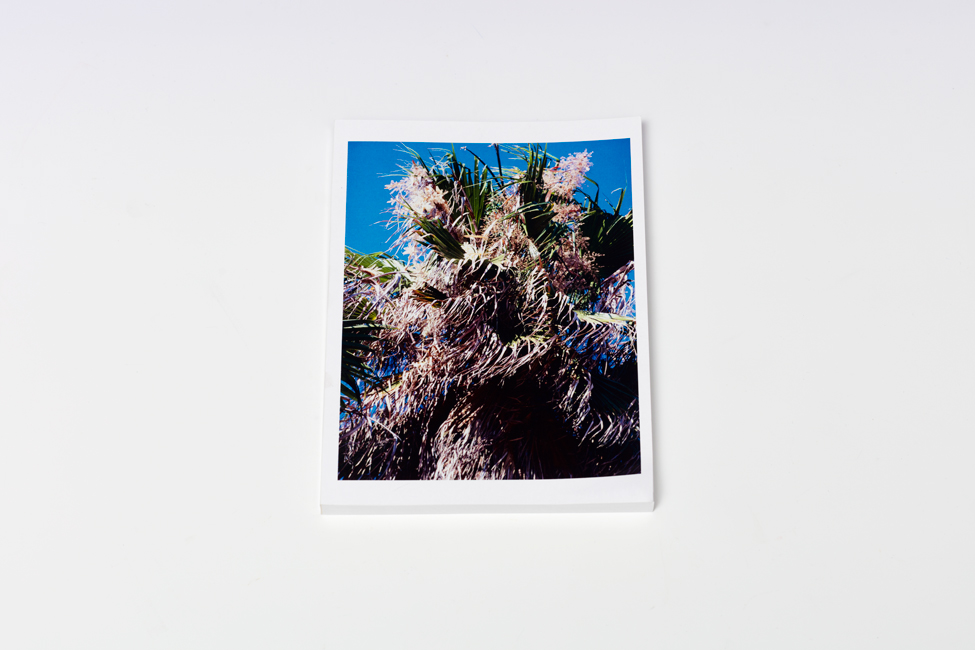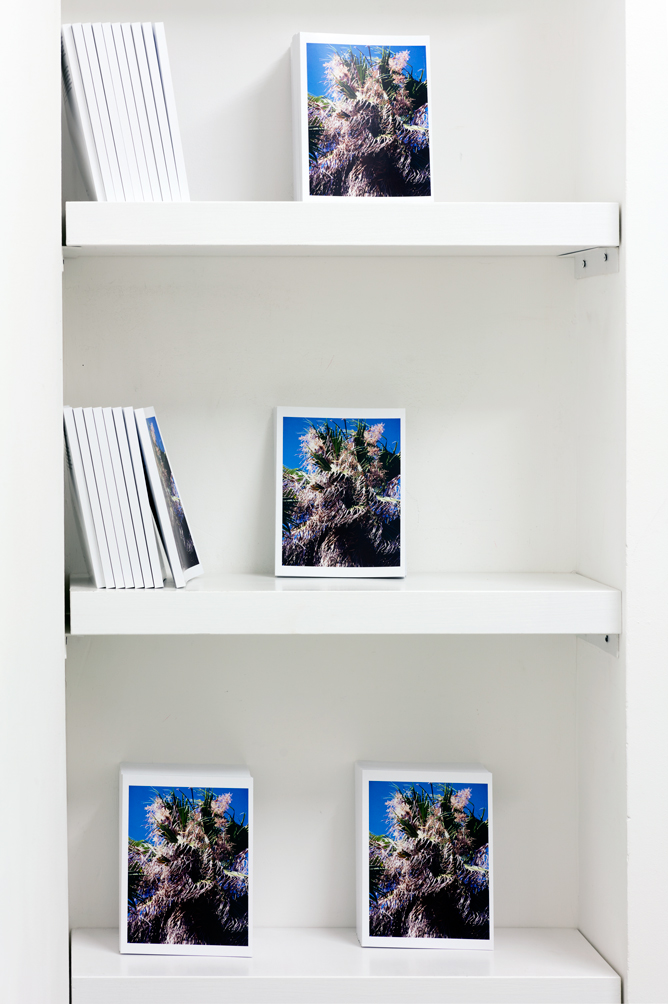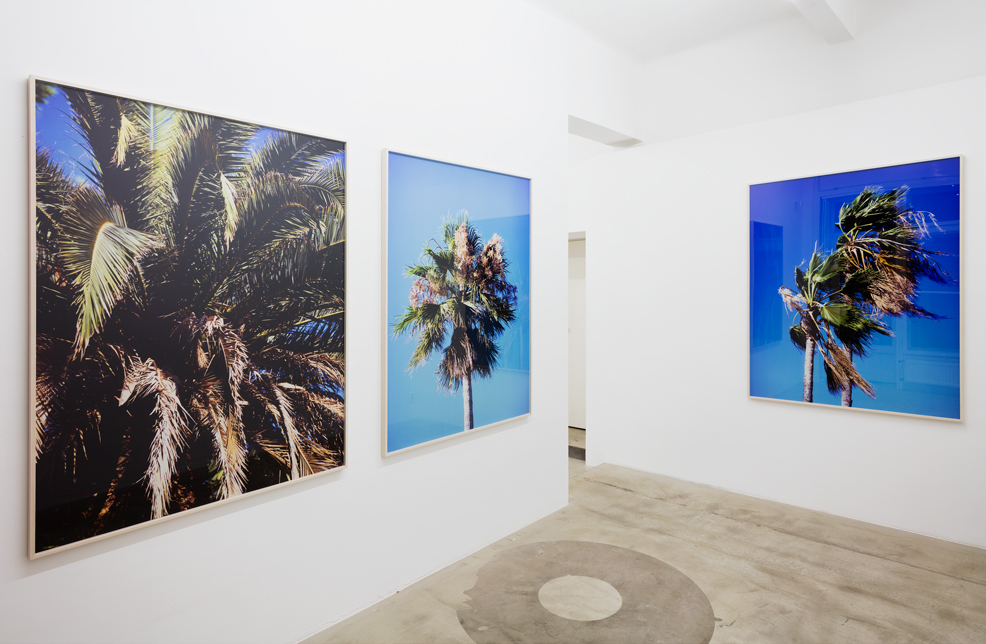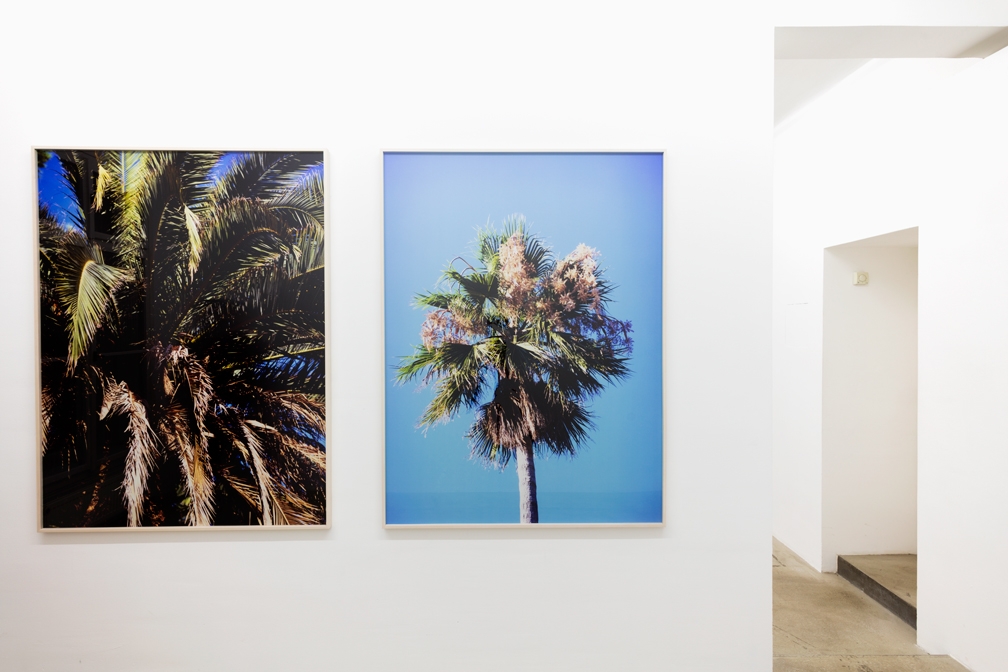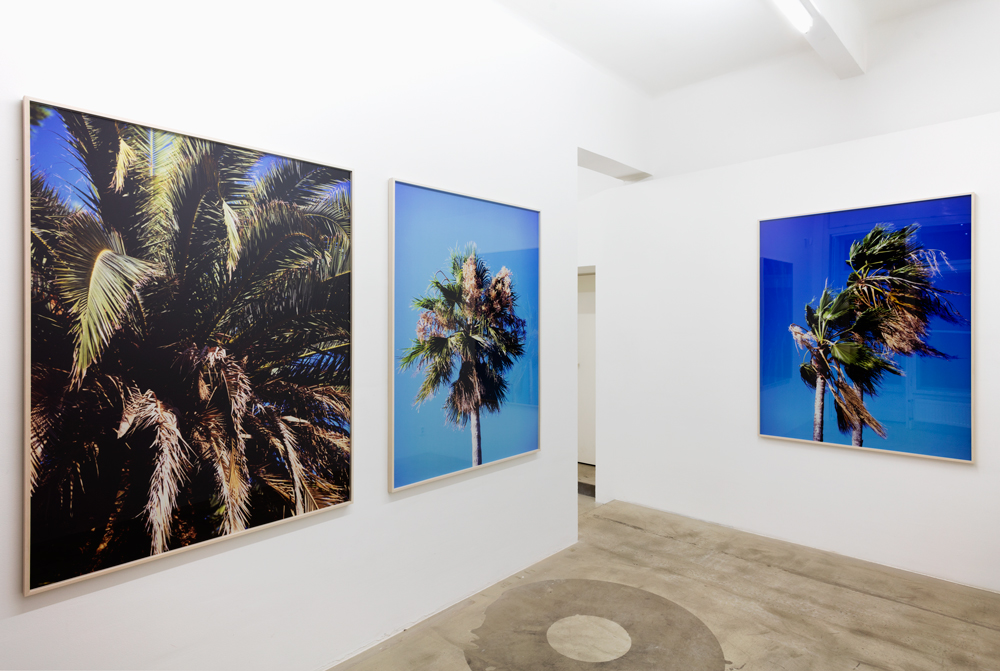I – The word ‘photography’
In 1833, artist and inventor Hercule Florence wrote the term Photographiein his scientific diary, after achieving his first practical results in his experiments with photosensitive materials such as silver nitrate and gold chloride. Even though he would never be recognized as the inventor of photography, explained by himself by his situation of cultural isolation in the small village of Sao Carlos in Brazil, being an “inventor in exile” far removed from the urban centers of ‘civilization’, he was the first one to use the word– some six year prior to the use of the same term by John Frederick William Herschel (1792-1871) in England in 1839.[1]
Like Nicéphore Niépce and William Henry Fox Talbot, Florence had been looking for a reproduction and printing method of the images projected inside the camera obscura, based on the graphic use of photosensitive materials. With his invention of the term ‘photography’, he described his idea of the medium as a mechanical drawing. In his diary, he wrote: “Have I initiated the more than wonderful art of drawing any object, taking any vista, without putting one’s own hand to work?”[2]
II – A photograph to words or words to a photograph
In 1971, American conceptual artist John Baldessari declared he would ‘not make any more boring art’. But Václav Kopecký might have been bored with it anyway, or at least distracted.
In 1973, Baldessari set himself the arbitrary goal of throwing four balls in the air to get a square. He photographed his attempts, eventually selecting the “best out of 36 tries”. The work, surprisingly, was titled Throwing four balls in the air to get a square (best out of 36 tries), being so descriptive that the photographs were mere illustrations of its title, rather than the other way around. He points out to the viewer what to see before having seen anything yet. (His contemporary Lawrence Weiner would not even make the effort of executing his tasks, like Baldessari did with his photographs. The description is the work itself, hence the point of ‘conceptual art’.)
Baldessari points out that language has made-up rules that we all agree to follow. Despite the directive title to his photographs, however, something else caught Václav Kopecký’s eye: the palm tree in the corner of some of the 36 frames of Baldessari’s ‘Four Balls’. Roland Barthes describes the power of the punctum: that accident in the picture that pricks you, despite the studio which aligns with the intention of the operator behind the photograph.[3]The punctum touches upon the frame of references of the spectator, outside of the control of the photographer.
Kopecký’s exhibition cycle Four Balls is a reference without its referent. As if zooming in on Baldessari’s photographs, Kopecký shot three rolls of film with palm trees against a blue sky. The four balls are nowhere to be found – they are only there in words, as the title of this exhibition. It makes one wonder: what else is invisible in these pictures?
III – Photography as a typewriter (mechanical writing instead of mechanical drawing)
In 2018, Václav Kopecký presented the work Future, displaying six images to the spectator that are said to form the word ‘future’, each photograph representing a letter of the word. Whereas the title of Baldessari’s four balls series states the obvious, here we are tricked into a literal ‘reading’ of a text in images that’s simply not there, unless we are willing to read into it. Each photograph, representing a letter, is presented to us as a photographed photo on a window, through which we see a blurred landscape as a backdrop to the picture. As such, the photograph becomes a sight that blocks the view.
IV – Writing with photographs
When Baldessari created Throwing four balls in the air to get a square (best out of 36 tries), the full title of this artwork suggests that he eventually selected the “best out of 36 tries”. The selection, however, was not so much done by the artist, but by the camera with its roll of 35mm film that simply holds 36 frames. Kopecký on his turn shot three rolls of slides (16 frames each) of palm trees against a blue sky. The number of slides decided the number of photographs both series consist of, through which the artists accepted the means of the camera, emphasizing the presence of the device. This realization aligns with the ideas of Czech philosopher Vilém Flusser, who was, like Hercule Florence, interested in photography as a mechanism, and who coined the term ‘technical image’: an image produced with a technological device, opposed to traditional images. In 1985, Vilém Flusser wrote: “The question of what technical images mean is first and foremost a question of how the visualizing gesture is directed. Which way do the fingertips responsible for the images point? (…) Because technical images are projections, because they point one direction from the projector toward a horizon like, say, headlights and lighthouses, they must be decoded not as representations of things out in the world but as signposts directed outward. It is their projector, their program, that is the object of criticism. What technical images show depends on which direction they are pointing.”[4]
As if Kopecký was holding Baldessari’s camera, he slightly moved its direction to zoom in on the palm trees in the corner of the frame, excluding the initial attempt the device was supposed to capture from view. Yet with keeping the reference to Baldessari’s work in the exhibition title Four Balls, Kopecký suggests he doesn’t change the photograph’s meaning, just the direction the camera was pointing to. As if the authorship still lied in Baldessari’s hands (even though the palm tree ended up in his pictures unintentionally, just because he made his attempts of throwing four balls in the air to make a square in California, where there are a lot of palm trees). Yet by moving direction, at the same time, Kopecký seems to take over authorship, as a distracted spectator who decides to look elsewhere than where Baldessari was stipulating the view to. What does that mean, then? According to Flusser, the meaningless answer to this question is that a photograph “means” photons. But these technical images signify models – an instructional program. He wrote: “At present, envisioners and their apparatuses give their images not only a programmed but a programming significance. We currently live among commandingly outstretched index fingers, and we will blindly follow their instructions unless we realize that our blind following is exactly what they mean.”[5]
V – From 1973 to 1833 to 1878
Václav Kopecký presents his art works in what he calls ‘exhibition cycles’: in each exhibition of a cycle (a grander scheme) he changes the order of things and with that also the possible meanings of the works. Flusser seems to be right on the button: the core of meaning in Kopecký’s cycles, like programs, is our blind following. Changing the elements of the circle means changing its reading. In Kopecký’s artistic strategy, the exhibition becomes a text, a program, in which the photographs make up letters, words, that change whenever their order is changed, like in writing. And so, my own mind started wandering in review of Kopecký’s work. Like his exhibitions, this very text I’m presenting here is a cycle of thoughts with no beginning or end, no arguments that work towards a conclusion, but a circle that holds everything together and yet clings to another circle like a keychain. With 47 photographs of palm trees against a blue sky, it made me think of Hercule Florence again.
In a cycle of things, Vilém Flusser stated that it is impossible to distinguish between a representation and a model, both being calculated representations of something – all technical images are visualizations.[6] In 1878, Hercule Florence had the idea of sketching out a sixth order of architecture in addition to the Doric, Ionic, Corinthian, Tuscan and Composite Orders: the Brazilian or Palmian order. In his manuscript, he wrote: When I was at Santa Anna da Chapada in 1857, in the province of Mato-Grosso, I was walking one day in a nearby forest. All of a sudden I was surprised to see a slender mast, straight and thin, like a flagpole, bearing a hanging, green and floating mass at its extremity, like horses’ tails, serving as banners for the Turks. I was unable to explain this; before long I saw two and then three, and last of all I saw one which, being presented in a different way, made me realise that it was a palm tree whose branches were on a single plane, like a holy monstrance. A wonderful thing for me, for I saw that nature enjoys the richest possible variety. How wonderful! So many and such beautiful palms as I had seen were not enough for nature: she had also felt the need to create flat palm trees, as if the branches or palms had grown between two planks! I saw written before me that she has a discretionary will. It was she herself talking to me. (…) Nothing would be more beautiful in architecture than the palm tree acting at the same time as a column, capital, arcade or vault, but nothing would be more incoherent either. (…) A colonnade of stone palm trees would probably support a floor, a gallery, an entablature or a whole building perfectly; but it would be like the Graces or the Muses bearing the World.[7]
Written by: Mirjam Kooiman
[1]Fregni Nagler, L. (2017) “From Drawing to Photographie. The Artist’s Hand, Light and the Contemplation of the Sky. Echoes from the Tropic of Capricorn” in Fregni Nagler, L. (ed.), Hercule Florence. Le Nouveau Robinson, pp. 49-83.
[2]Burgi, S. (2017) “From Florence to Flusser. The invention of photography: a critical reflection on its influence and presence in the visual arts and contemporary culture” in Fregni Nagler, L. (ed.) Hercule Florence. Le Nouveau Robinson, pp. 130-143.
[3]Barthes, R. (1980)Camera Lucida.
[4]Flusser, V. (1985)Into the Universe of Technical Images, pp. 45-49.
[5]Idem., pp. 50.
[6]Idem., pp. 43-44.
[7]Florence, H. “[Manuscript] Essai d’un 6me Ordre d’Architecture – Ordre Brésilien ou Palmien” in Fregni Nagler, L. (ed.) Hercule Florence. Le Nouveau Robinson, pp. 345-354.
Wooden poles, paper strips, tubes, confetti; all that was thrown in the air in 1968 by Hugo Demartini to make Demonstrations in Space, fleeting sculptural compositions, while he had his action and its results photographed. The resulting images captured the artist with outstretched arms and objects in the air above the tree-lined meadow, against the slightly cloudy horizonless sky, and scattered in the grass after they fell to the ground.
Four rubber balls were thrown in the air by John Baldessari to make his work Throwing Four Balls in the Air to get a Square (Best of 36 Tries) at the turn of 1972 and 1973. Baldessari set himself the goal of throwing four balls in the air so as to form a square. He then presented the record of these expectably not exactly successful attempts as a photographic series. Each image shows four orange balls flung against South California’s deep blue sky, while the lower edge of the photograph captures the tops of palm trees.
A comparison of the two works, which might seem similar at first glance, will show several distinctive differences. Demartini threw the objects in the air without trying to achieve a predefined shape. He accepted chance, reserving a place for it and anticipating it. Thus, he weakened the idea of the artist as a deciding creator by seemingly giving up his authorial intention; which was to be passed on to the resulting work, to the benefit of chance. However, at the same time, he gave that very idea more power by intentionally accepting chance as a creative method which could not fail on principle. Demartini’s authorial position is also supported by the photographic record capturing the figure of the artist throwing the objects in the air. Moreover, Demartini hired professional photographer Jaroslav Franta to take the pictures. On the other hand, the balls thrown by Baldessari were photographed by his then wife Carol Wixom. Moreover, she was not stated as the co-author; which further supports the moment of anonymity characteristic of amateur photography whose conventions were systematically employed by Baldessari. The 36 tries declared in the work’s title allude to the usual number of film frames while the selection of the “best“ underlines the artist’s acceptance of the logic of amateur photography and its seemingly random attempts to create a successful image. This impression is further amplified by the choice of material, especially in retrospect. A comparison of Franta’s black-and-white photography with its artistic durability and the colorfulness of slide film brings attention to the historical situation and historicity. The fact that Demartini’s Demonstrations were conducted in 1968 supports the interpretation linking the method of creative randomness and the easing of social and political tensions. In this respect, the temporal dimension of Demonstrations,spanning the fleeting nature of the passed event and its photographic fixation, is quite telling as well.
Within Baldessari’s work, Throwing Four Ballsis linked to several other works employing balls, palm trees and a camera in various ways; the nearest being Throwing Three Balls in the Air to Get a Straight Line (Best of Thirty-Six Attempts)from 1973. It is actually a variant of the former: one ball less, an attempt to create a line instead of a square, and tops of coniferous trees instead of palm trees in the background. Photography historian Robin Kelsey offers two remarkable interpretations of the work. In the first one, he presents Baldessari as an “artist-as-clerk”, as described by Sol LeWitt, caught in the act of idle play. The artist, who has symptomatically left the studio, works and plays at the same time, thus taking time off work. Such an interpretation is based on the usual understanding of chance in modern art while confirming the established notion of art as a Kantian “free play of imagination”. According to this reading, Baldessari’s work is quite similar to the one of Demartini; leaving aside the link to the program declaration of conceptual art. In the second possible interpretation, Kelsey sees Baldessari’s Throwing Three Balls as an imitation of the dominant “operational logic of modern society”, or particularly the military-industrial complex of the Cold War. Throwing Three Balls (as well as Throwing Four Balls) then represents probability simulation as one of the newly acquired means of learning and decision making employed in sciences, the military, business and trade as well as in political technologies of power. According to Kelsey, Baldessari accepts the role of an artist who resembles a bureaucrat of the new type, perhaps even a futurologist or prognostic, rather than LeWitt’s Victorian clerk. Chance, which has been seen as a disruption of the usual order and as an extraction from the expected course of events until now, was to play a role in the creation of a higher order and in the anticipation of any eventuality from now on. Simulations, just like plays, models, projections and scenarios, were to help with the evaluation of complex and hardly predictable situations, and thus enable navigation in a chaotic situation. While the rationalization linked to industrial society, modelled on early 20th century scientific management, consisted in eliminating chance as something external to reason, a new model was gradually developed, consisting in the instrumentalization of chance, play, and eventually future itself with its scientific predictions. The popularity of this model culminated in the mid-1970s; a time when modern historicity with a focus on the future came to face a crisis according to many commentators. Historian Pierre Nora links the 1973 oil crisis and the disruption of the idea of progress followed by a turn to memory which does not equal historical past. Another description is provided by Nora’s colleague Francois Hartog who explores various regimes of historicity, characterizing the present one as “presentism”, a kind of an “ever-present present”. Squeezed between ahistorical memory and unescapable present is the future whose prediction is described by futurology historian Jenny Andersson as a technology of power as well as a form of world creation. As shown by philosopher Brian Massumi, when analyzing the “environmentalization” of power whose roots he sees in the 1970s, the same goes for weather forecasting today.
Now the question is what happens when Baldessari’s balls disappear. The missing balls do not equal the end of play but rather its internalization in the very process of photographing. The balls, of which only the title is left, bring our attention to the environment and to the future, none of which can be seen. The skyline, a horizon of expectation, is out of the image, while the palm tree, remaining in the background together with the cloudless sky, becomes a trace of this horizon, as talks about weather fill with new contents.
Written by: Vojtěch März

